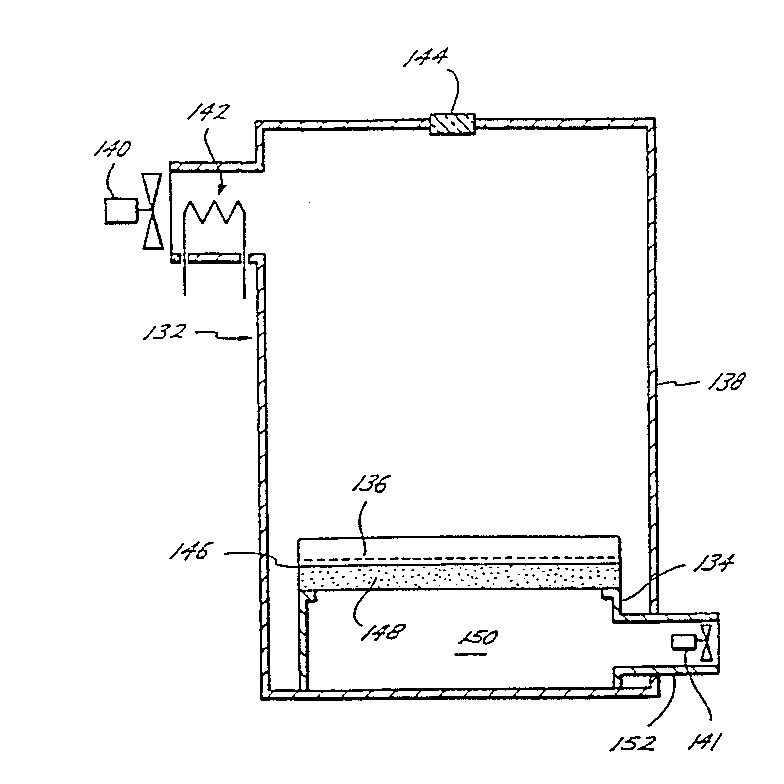
US Patent number 5,597,589, “Apparatus for producing parts by selective sintering”, is to expire this May. Originally filed on May 31, 1994, the patent expires exactly 20 years hence, on May 31, 2014. But what will this mean?
What exactly is this patent? Here’s the abstract:
An apparatus for selectively sintering a layer of powder to produce a part made from a plurality of sintered layers. The apparatus includes a computer controlling a laser to direct the laser energy onto the powder to produce a sintered mass. The computer either determines or is programmed with the boundaries of the desired cross-sectional regions of the part. For each cross-section, the aim of the laser beam is scanned over a layer of powder and the beam is switched on to sinter only the powder within the boundaries of the cross-section. Powder is applied and successive layers sintered until a completed part is formed. Preferably, the powder dispensing mechanism includes a drum which is moved horizontally across the target area and counter-rotated to smooth and distribute the powder in an even layer across the target area. A downdraft system provides controlled temperature air flow through the target area to moderate powder temperature during sintering.
It’s a long description, but basically it means using a laser to fuse successive layers of powder. That’s a pretty common approach in industrial 3D printers today, particularly for metal and colored objects.
The expiration of the patent means we may see new companies take advantage to produce low-cost powder-based 3D printers, much as we previously saw an explosion of plastic filament extrusion-based 3D printers emerge when Stratasys’ key patent expired in 2009.
But will we? Our thought is that we will not see quite as large an explosion, simply because powder handling is a tricky business. It’s messy, meaning any consumer-based product using this technology would have to include potentially complex and expensive powder collection mechanisms.
Metal 3D printers at home are highly unlikely. Some metal powders are actually toxic if inhaled, so we cannot see any manufacturer taking the risk of the inevitable lawsuits.
Via

